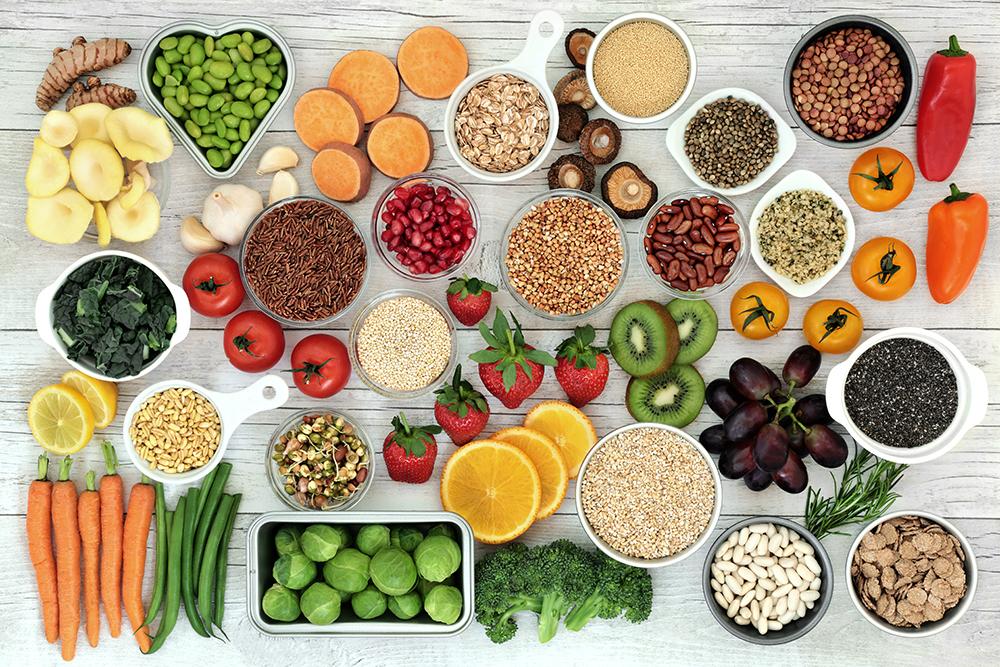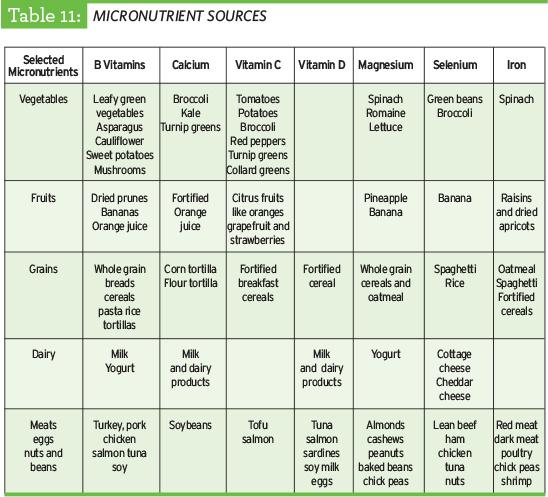 Different diet trends gain popularity from year to year. In recent years, the move to plant-based sports nutrition has been on the rise as more elite and professional athletes have made the switch to vegan and vegetarian diets. Although a plant-based diet doesn’t necessarily mean your athlete will enhance their performance, it will enhance their health.
Different diet trends gain popularity from year to year. In recent years, the move to plant-based sports nutrition has been on the rise as more elite and professional athletes have made the switch to vegan and vegetarian diets. Although a plant-based diet doesn’t necessarily mean your athlete will enhance their performance, it will enhance their health.
According to the Alternative Healthy Eating Index developed by Harvard University researchers, individuals who decide to move from an omnivorous to plant-based diet typically improve their overall nutrition because they consume more fruits, vegetables, beans, and whole grains that provide high levels of vitamins, minerals, and fiber, while also being very low in saturated fat and devoid of cholesterol.
If your adolescent athlete is looking to experiment with their nutrition to achieve a competitive edge, improve their overall health, or follow a more ethical, eco-friendly diet, here are ways they can make the most out of a plant-based diet.
Get educated on what their body needs to function at its best
According to the TrueSport Nutrition Guide, “athletes have increased energy needs, which allows for more opportunities to obtain the nutrients they need through a balanced diet composed of a variety of natural foods.”
Active young athletes on a plant-based diet must focus on what specific plant-based foods will get them the nutrients they need to sustain their energy in order to enhance their athletic performance, decrease fatigue throughout the day, and prevent injury.
Table 11, found in the TrueSport Nutrition Guide, lists sources of micronutrients that may be low in an athlete’s diet. The table includes a variety of plant-based foods that an athlete can incorporate into their diet to ensure that they’re getting the proper servings of nutrients they need.

Know their sources of key nutrients
Plant-based nutrition has been proven to boost health by preventing obesity, type 2 diabetes, hypertension, cancer, and heart disease. Do you know where your athlete can get the best nutrients to keep their body functioning and performing at its highest level on a plant-based diet?
The TrueSport Nutrition Guide suggests young athletes incorporate nutrients from:
Protein
- Cooked black beans
- Cooked lentils
- Cooked quinoa
- Cottage cheese
- Cheese
- Eggs
- Milk (nonfat or low-fat)
- Tofu and other soy products
- Yogurt (nonfat or low-fat)
Carbohydrates
- Fruits: raisins, bananas, berries, oranges, etc.
- Fruit juices
- Granola bars
- Oatmeal
- Baked white or sweet potato (plain)
- Bagel
- Whole wheat bread
Fats
- Nuts (mixed)
- Seeds
- Nut butters
- Olive oil
- Avocado
Combat convenience foods by meal planning
Whether it’s for a typical school day, an intense day of training, or a full day of competition, one of the most significant ways to help your athlete thrive on a plant-based diet is by encouraging them to develop the healthy habit of meal planning.
Set aside time with your athlete to plan a weekly menu for meals and snacks that they can take with them for the day, which will help them avoid the temptation to eat convenience foods that aren’t as healthy as those prepared at home.
Try different methods of food preparation
A study found that while many school children did not like cooked vegetables, home prepared vegetables were preferred to those received in school. It also reported that the texture of the product was another important factor that influenced the consumption of fruits and vegetables.
The study results determined that the “positive aspects of texture that were mentioned were crispy, crunchy, and juicy which contributed to children’s preference for fresh, raw fruit and vegetables.”
From fresh, crisp salads to grilled vegetables, there are many ways to prepare a vegetarian meal that will keep your athlete asking for more. Get in the kitchen with your athlete to experiment with the different ways of preparing their meals. Try different cooking methods like roasting, which brings out the natural sweetness in the food. Using a variety of seasoning blends, sauces, and flavored oils also helps to jazz up boring foods like chicken and vegetables.
_____
Whether your adolescent athlete is committed to a plant-based diet or not, it’s vital to their overall health to reinforce the importance of fueling their body with nutrient-dense, whole foods.



